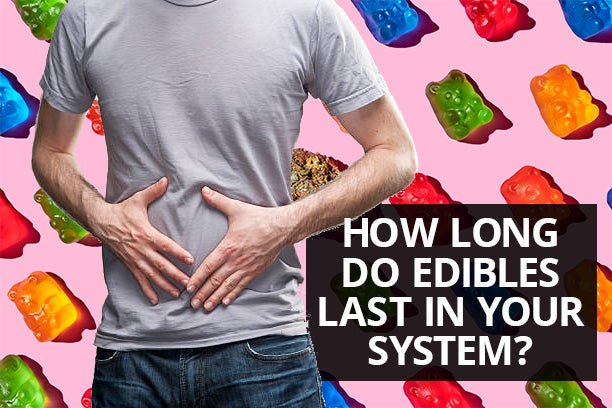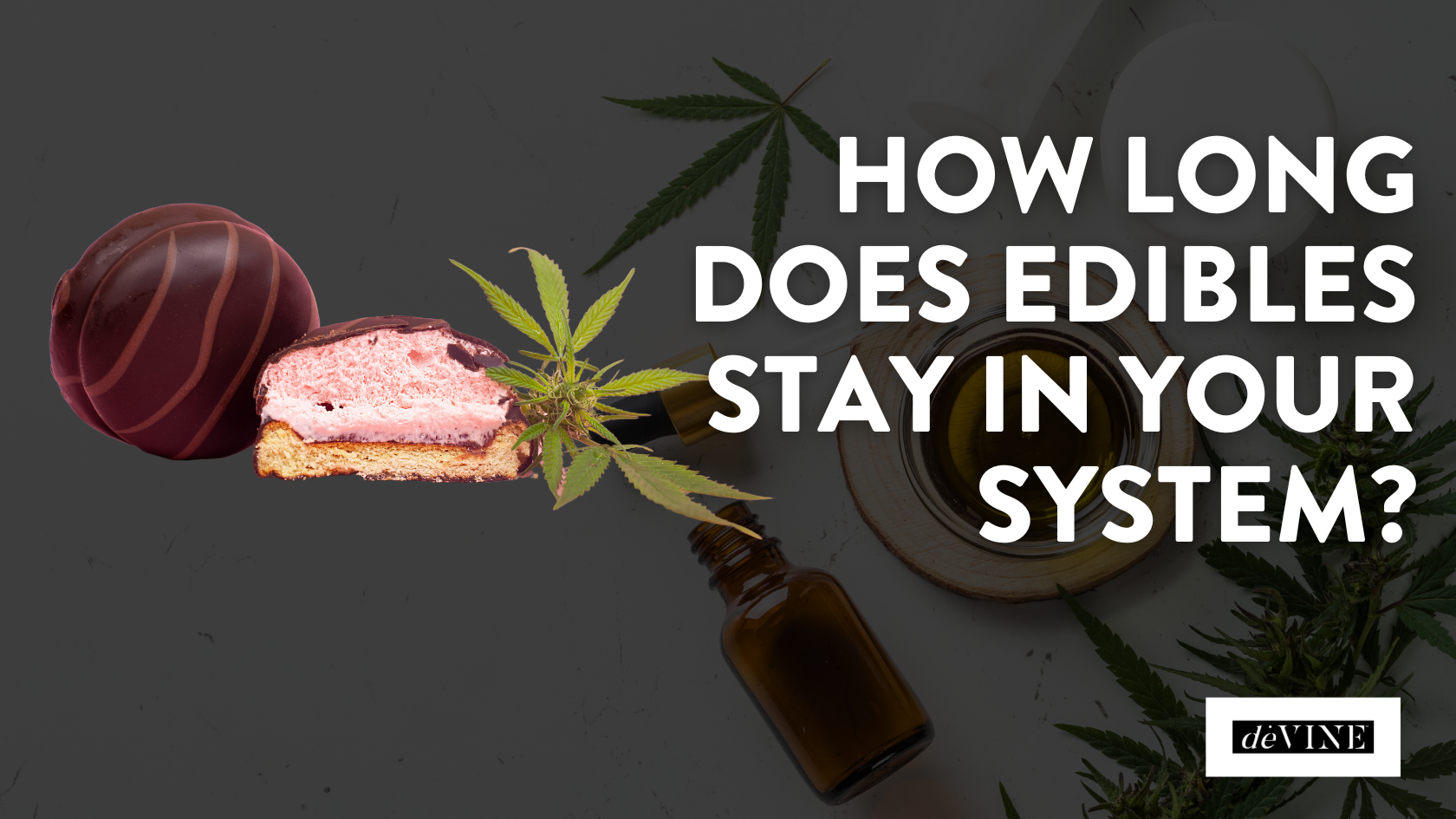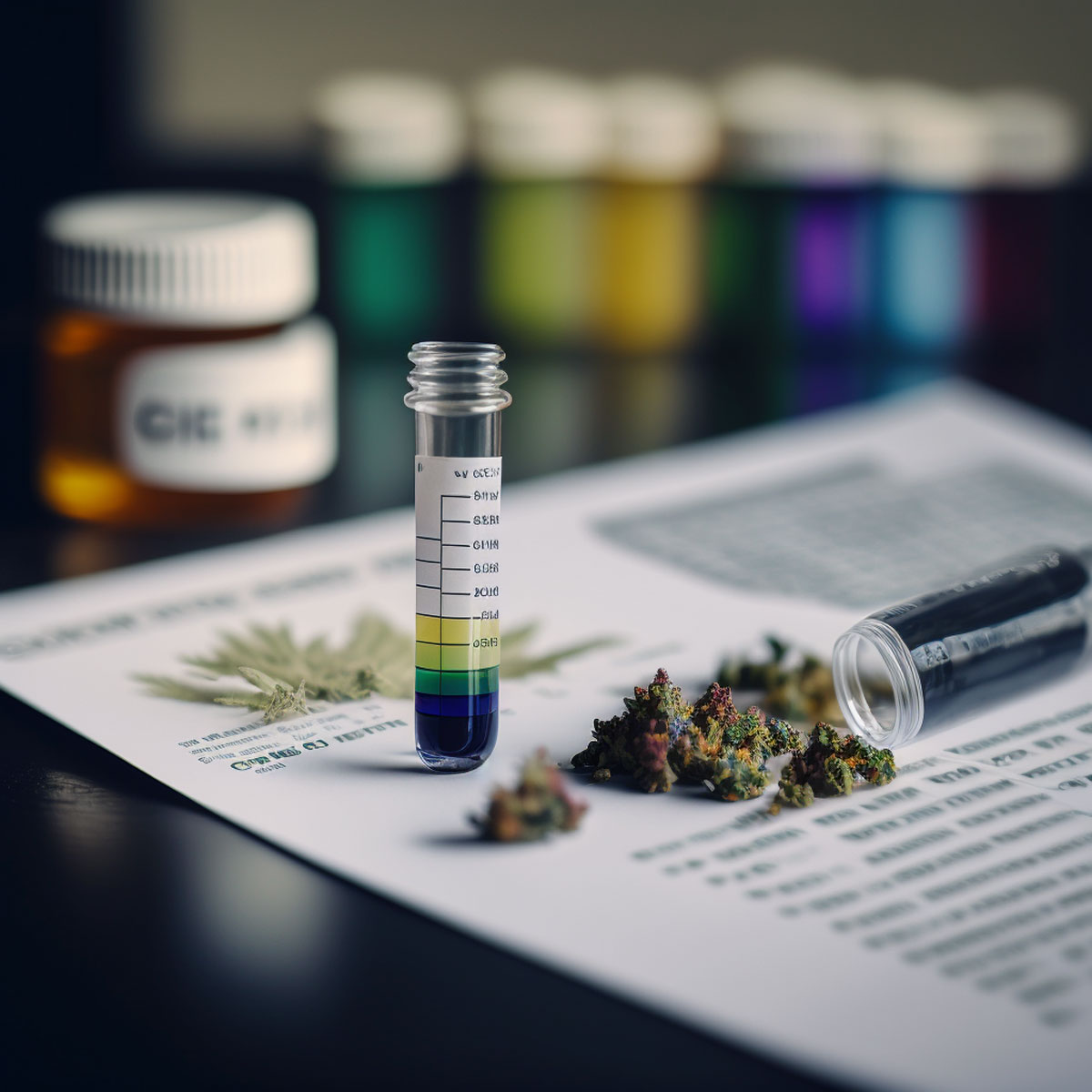How Long Does An Edible Stay In Your System For
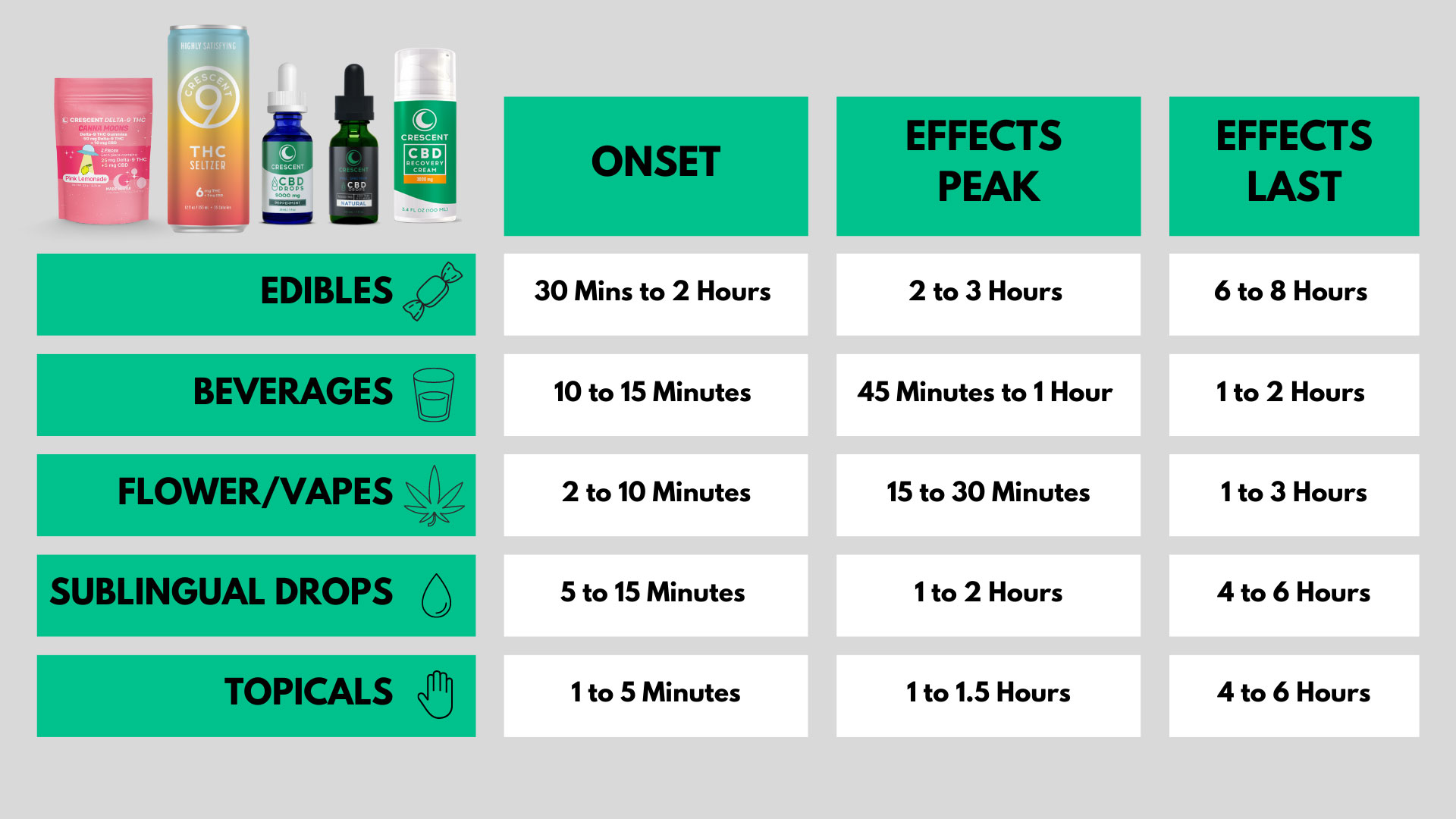
The popularity of edibles, cannabis-infused foods and drinks, has surged in recent years. However, with increased consumption comes a heightened need for understanding their effects and how long they linger in the body. This knowledge is crucial for informed decision-making, especially concerning legal ramifications, workplace drug testing, and personal health.
This article delves into the complex factors that determine how long an edible stays in your system. It draws on scientific research, expert opinions, and established guidelines to provide a comprehensive overview of cannabis metabolism, detection windows, and potential consequences. Understanding these aspects is vital for anyone considering consuming edibles or those who need to navigate the legal and professional landscapes surrounding cannabis use.
Understanding Cannabis Metabolism
The primary psychoactive compound in cannabis is tetrahydrocannabinol, or THC. When inhaled, THC enters the bloodstream quickly, leading to a rapid onset of effects. Edibles, however, take a different route.
Upon ingestion, edibles are processed through the digestive system and metabolized in the liver. This process converts THC into 11-hydroxy-THC, a metabolite that is considered to be more potent and longer-lasting than THC itself.
The conversion to 11-hydroxy-THC is a key reason why edibles can produce stronger and more prolonged effects compared to smoking or vaping cannabis. This also influences how long the compounds remain detectable in various bodily fluids.
Factors Influencing Detection Time
Several factors influence how long THC and its metabolites remain detectable. These factors range from individual physiology to the potency of the edible consumed.
Dosage and Potency
The amount of THC consumed plays a significant role. Higher doses of THC naturally lead to longer detection times.
Similarly, the potency of the edible, measured in milligrams of THC, directly impacts the amount of THC entering the system. Even small differences in dosage can affect the duration of detectable levels.
Frequency of Use
Chronic, frequent cannabis users will generally have longer detection windows than occasional users. THC can accumulate in body fat over time, leading to prolonged release and detection.
Occasional users, on the other hand, metabolize and eliminate THC more quickly, resulting in shorter detection periods.
Metabolism and Body Composition
Metabolic rate influences how quickly the body processes and eliminates THC. Individuals with faster metabolisms tend to clear THC more rapidly.
Body composition, particularly body fat percentage, is also important. THC is fat-soluble, meaning it can be stored in fatty tissues. Individuals with higher body fat may retain THC for longer periods.
Individual Variation
Factors like age, gender, and overall health can contribute to individual variations in THC metabolism. Enzyme activity in the liver, which varies among individuals, can affect the speed of THC processing.
Genetic factors can also influence how quickly someone metabolizes THC. Certain genetic variations can affect enzyme production and efficiency.
Detection Windows in Different Tests
Different types of drug tests have varying detection windows for THC. Understanding these timelines is critical for individuals who may be subject to drug testing.
Urine Tests
Urine tests are the most common method for detecting cannabis use. For occasional users, THC metabolites may be detectable in urine for up to 3 days.
However, for frequent or heavy users, detection can extend to 30 days or even longer. Some sources suggest that in extreme cases, detection can last for several months in chronic users.
Blood Tests
Blood tests have a relatively short detection window. THC is typically detectable in blood for 1-7 days after use.
However, some studies suggest that in frequent users, THC metabolites can be detected for up to 25 days. Blood tests are primarily used to detect recent cannabis use or impairment.
Saliva Tests
Saliva tests offer a narrow detection window, typically ranging from 24 to 72 hours after use. They are often used for roadside drug testing and immediate impairment assessment.
Saliva tests detect the presence of THC itself, rather than metabolites, making them useful for identifying recent cannabis consumption.
Hair Follicle Tests
Hair follicle tests have the longest detection window. They can detect THC use for up to 90 days.
Hair follicle tests analyze the incorporation of THC into the hair shaft as it grows. This method provides a historical record of cannabis use over a longer period.
Legal and Workplace Implications
The detection of THC in drug tests can have significant legal and workplace consequences. Many employers have zero-tolerance policies regarding drug use, including cannabis, even in states where it is legal for recreational or medical purposes.
Positive drug tests can lead to job loss, denial of employment, or other disciplinary actions. In some legal contexts, such as child custody cases or probation requirements, positive tests can have serious implications.
It's crucial to be aware of your employer's drug testing policies and the legal implications of cannabis use in your jurisdiction. Understanding these aspects can help you make informed decisions and avoid potential legal or professional repercussions.
Mitigation Strategies and Considerations
While no foolproof method exists to rapidly eliminate THC from the body, some strategies may help to expedite the process to a degree.
Staying hydrated, engaging in regular exercise, and maintaining a healthy diet can support the body's natural detoxification processes. These measures may help to speed up the metabolism and elimination of THC, though their impact can vary.
It's also essential to be aware of over-the-counter products claiming to "detox" the body from THC. Many of these products lack scientific evidence and may not be effective or safe.
Conclusion
The length of time an edible stays in your system is influenced by a combination of factors, making it difficult to provide a precise estimate. Dosage, frequency of use, metabolism, and the type of drug test employed all play crucial roles.
Understanding these factors is vital for making informed decisions about cannabis use, particularly in light of potential legal and workplace consequences. As cannabis policies continue to evolve, staying informed about the science of THC metabolism and detection remains essential for responsible consumption and navigating the complexities of cannabis legalization.
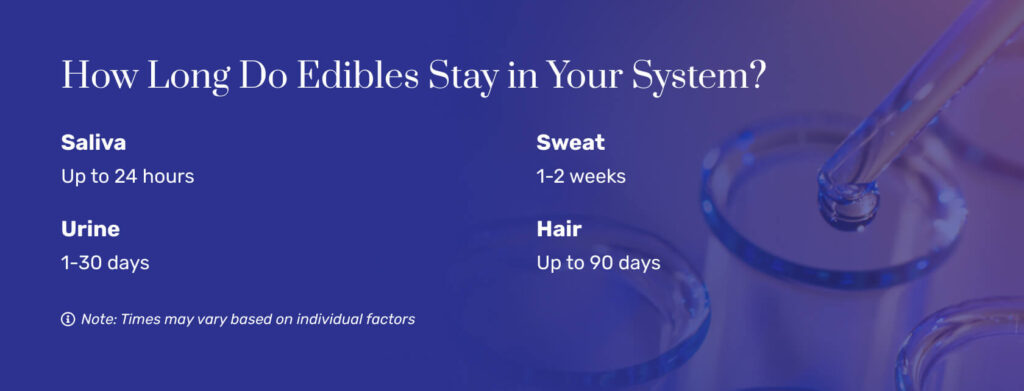
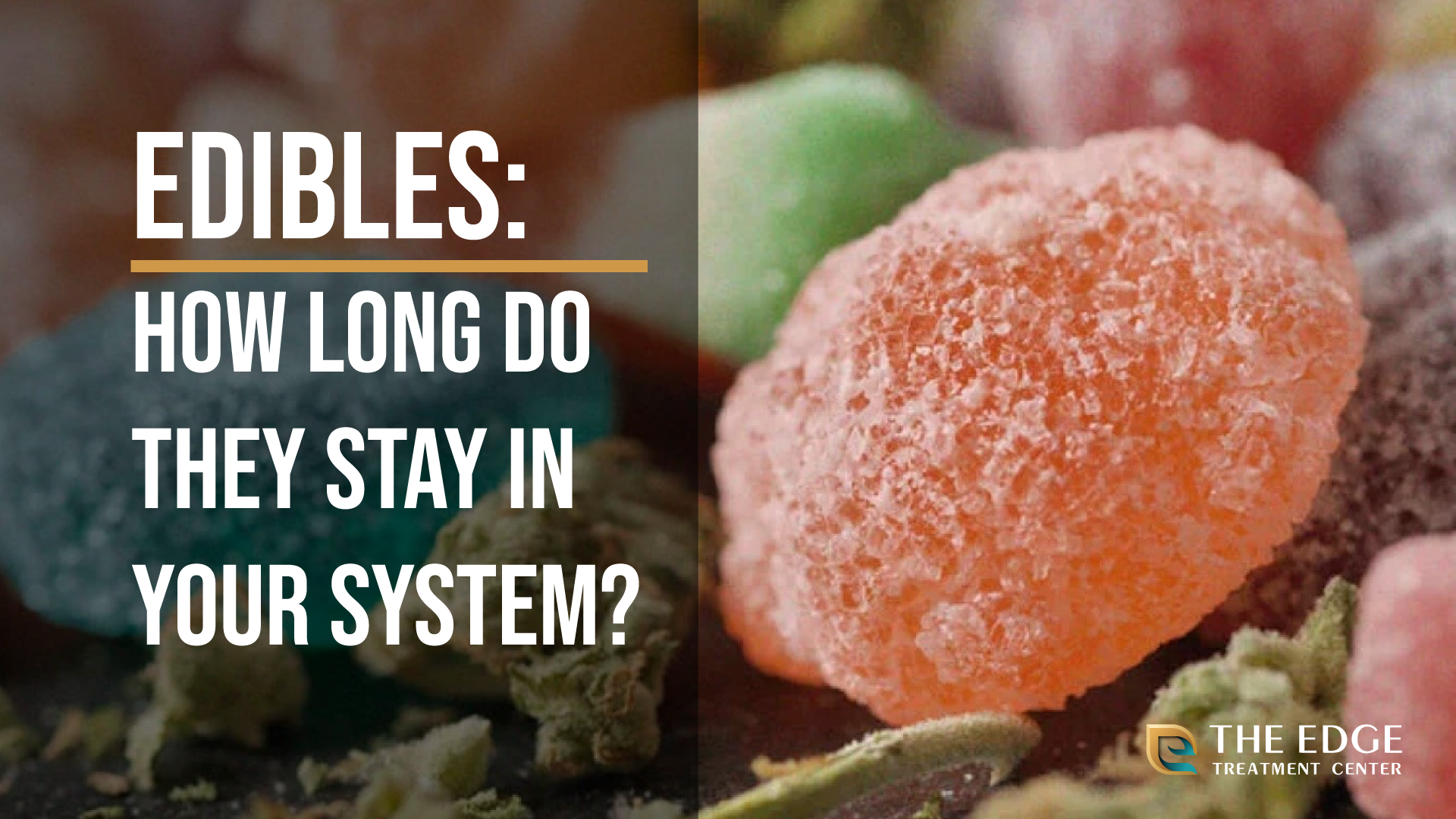
![How Long Does An Edible Stay In Your System For How Long Do Edibles Last? [Full Timeline]](https://static.wixstatic.com/media/8af0ce_7551be18fc8540f49aa7521b5f46934c~mv2.jpg/v1/fill/w_1000,h_668,al_c,q_90,usm_0.66_1.00_0.01/8af0ce_7551be18fc8540f49aa7521b5f46934c~mv2.jpg)

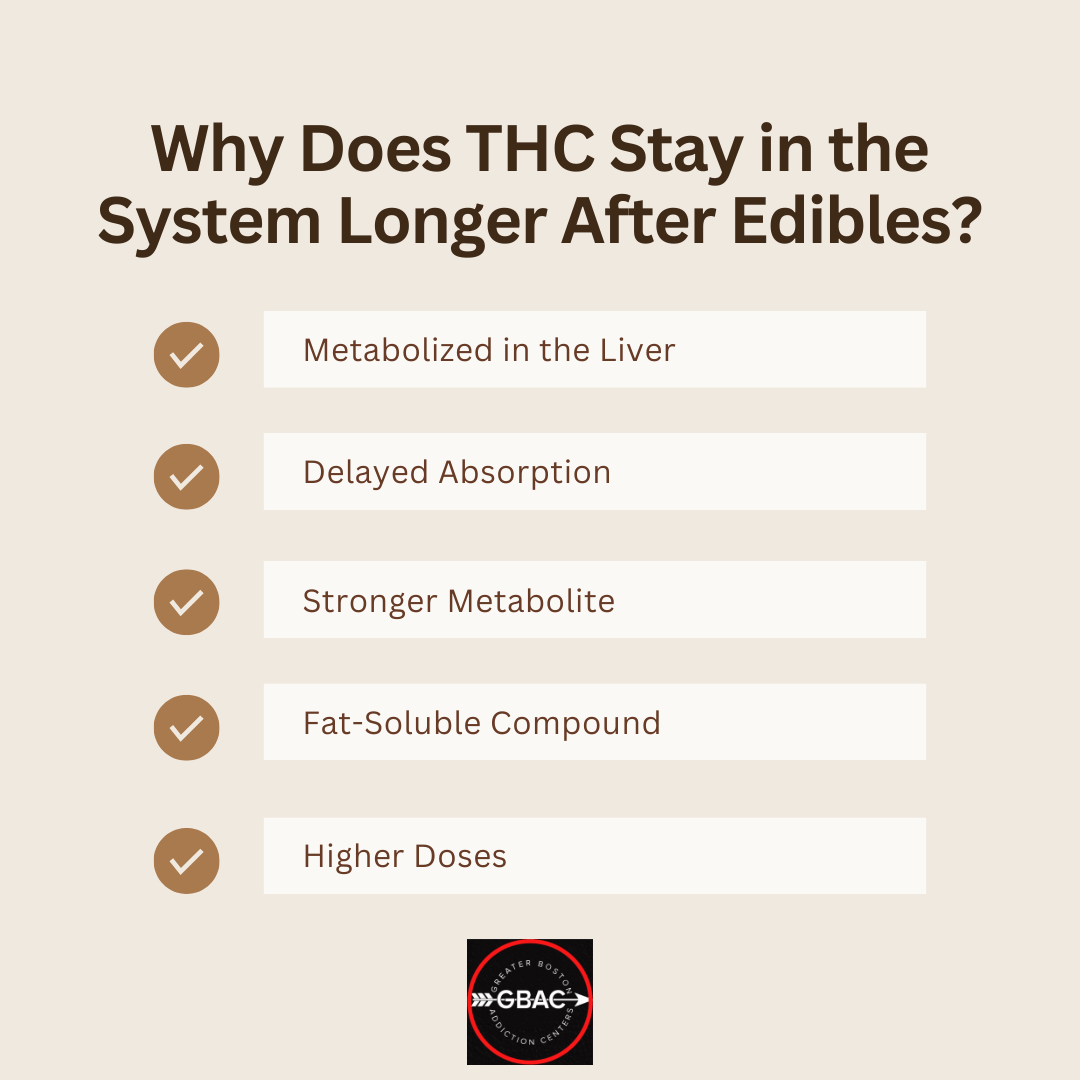
![How Long Does An Edible Stay In Your System For How Long Do Edibles Stay In Your System? [1571f6]](https://i.ytimg.com/vi/pt6_Inu8nDk/sddefault.jpg)
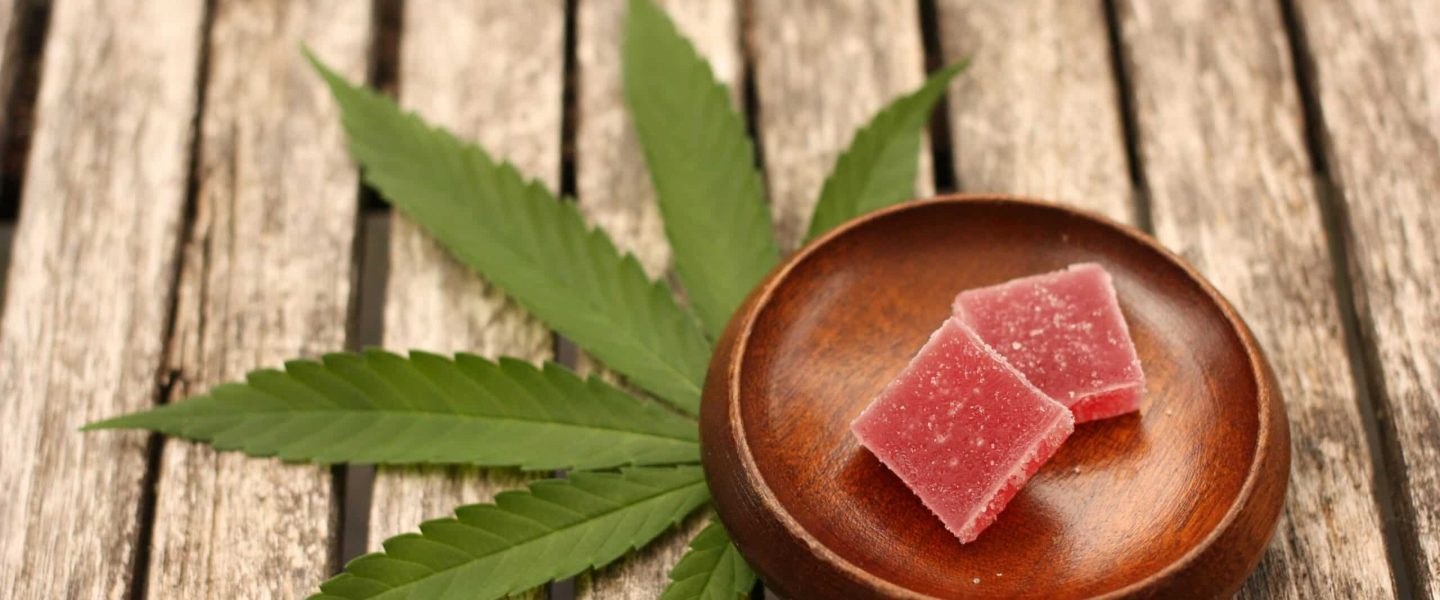


![How Long Does An Edible Stay In Your System For How Long Do THC & Edibles Stay in Your System? [Precise Calculator]](https://greencamp.com/wp-content/uploads/2017/08/body-fat-visual-guide.jpg)
